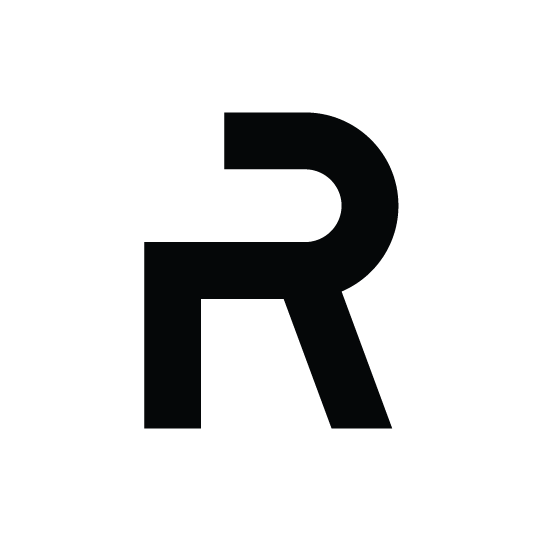
Nowadays, Africans face lots of challenges with multiple issues that adversely affect their public health. One major challenge for Africans is the ability for both rural and urban to access a clean and safe water supply. The WHO (2006) stated that, in 2004, only 16% of people in sub-Saharan Africa had access to drinking water through a household connection. Especially in rural areas. Not only there is no available household water in their home, but also is there poor access to readily accessible drinking water such as the less available public transport. In sub-Saharan Africa, there are an estimated 3.36 million children and 13.54 million women who are responsible for water collection trips that take 30 minutes or longer. Regarding the data gathered from 24 sub-Saharan African countries, the researchers found that in all households of the countries, a family member had to spend at least 30 minutes to collect water, the primary collectors were women. The number ranged from 46 percent in Liberia to 90 percent in Cote d’Ivoire. When the task falls to children, 62 percent are girls and 38 percent are boys (Dos Santos,2017). However, carrying on the head is common practice in many parts of Africa since ancient times. women and children sometimes may carry loads of up to 70% of their body weight and balanced on their heads. Some water collectors need to be faced difficult surface path to access water source, this also increases inconveniences and risks while travelling which required good mobility and balance.
According to medical research and survey study, even the posture is reducing the load on the body, this habit relates to the musculoskeletal disorder, spinal pain, and neck pain in the long term.
Our product is designed for women and children who live in water-poor areas of Africa. The product design focus on the process of filter water and the way people transport water. Provide better health precept to our users is also our main concern in our design. We design this product to simplify the process of collecting water and transporting water and making the process more efficient. For the way of use, the user needs to take down the water pipe fixed on the chest and squeeze the water pump so that the water can be directly collected into the cloth flexible surface. In this process, the filter in the water pipe can perform primary filtration on the water, filtering out visible impurities such as leaves and dirt in the water. For flexible structures, the origami structure and special sustainable materials provide an extensible space for carrying plenty of water. The product’s water outlet is below the back and the user can easily release the water from the product. In this product, we use rigid origami structure to achieve extendable space flexibility. Transformable polyhedral surfaces with rigid origami shape, are useful for designing kinetic and deployable structures. In order to apply rigid origami flexibility to our water carrier cloth and its physics engineering design purposes. It is important to consider the geometry of origami in kinetic motion and provide a wide range of variable ranges toproduce controlled shape changes for a given design condition. In our research, we used Miura-ori structure which It is a diamond-shaped, resizable structure to implement a water storage function.it can provide a single form to a developed flat state.

In the final design study, we tried to study its water storage capacity and its commercial practical value. According to the research about safe carrying load limit
for women carrying water by Rohit Sharma and Ranjit Singh in 2012, 15 kg of water load is a suggestion for head mode, for shoulder mode is lower to 10 kg or less. The maximum load of a jerrycan is 20 kg. As a result, the final design planned to be able to collect 10 – 15 kg in maximum to lowering the health risks and becomes a reasonable alternative way to replace the use of a jerry can. Considering that our flexible surface needs to be folded, we need 2.3 times the size of ordinary women's skirt materials. Ordinary ladies skirts need to be 110 cm by 3-4 meters of material.
We consider giving 9.2 meters of materials for the folded part. For materials selection, rubber, latex and elastomer are being considered. Due to the extreme environment condition in Africa, the materials we chose silicone elastomer, it has the advantages of extreme temperature resistance(high and low temperature applications), excellent environmental resistance(UV), low compression set (Great for water) and low level of flammable components. As a result, we consider its the best option for our flexible cloth design. Through sustainable use of materials and flexible structural technique, we look forward to demonstrating a future sustainable cloth that will contribute to women and children who need to daily carry loads of heavy water in both rural and urban Africa.


